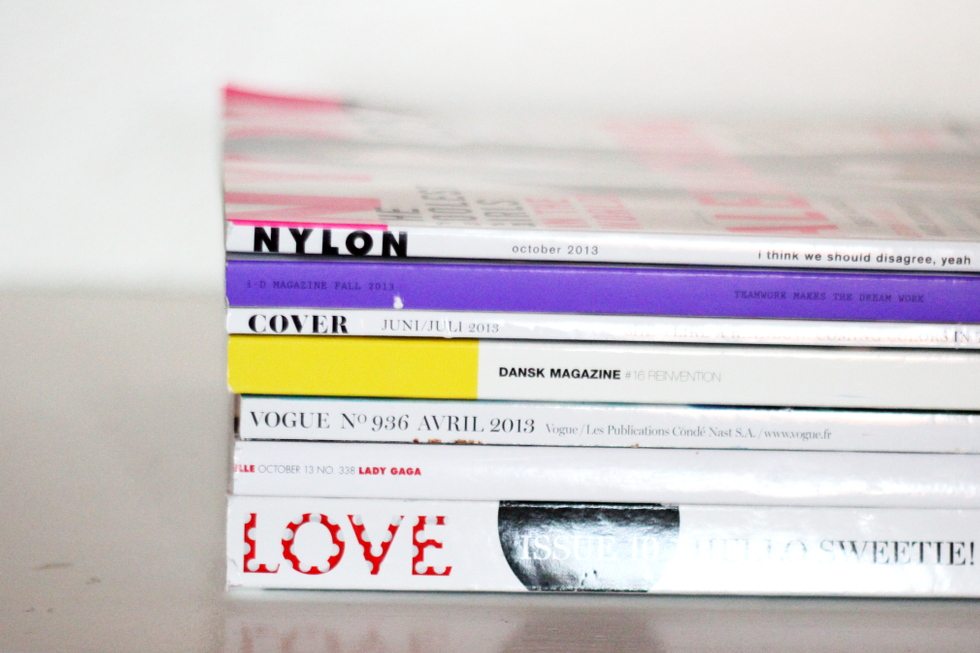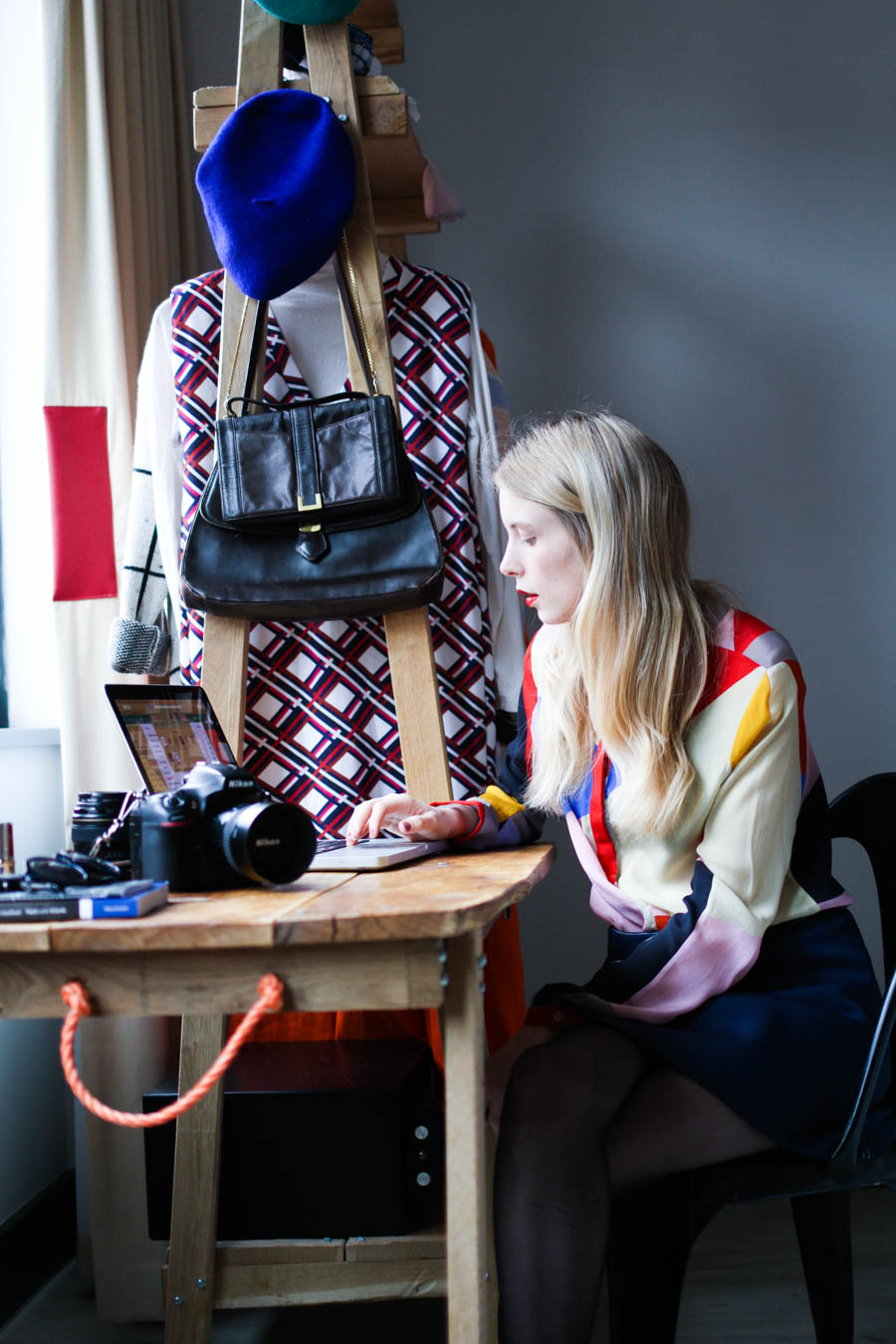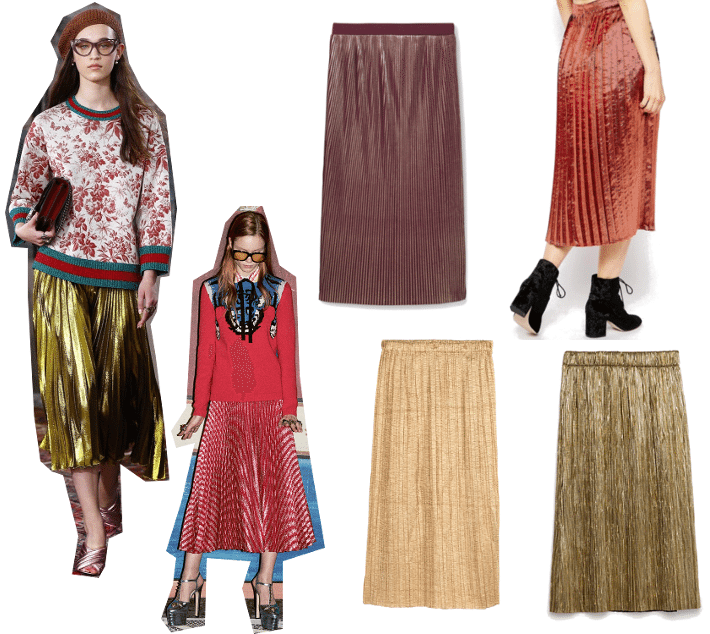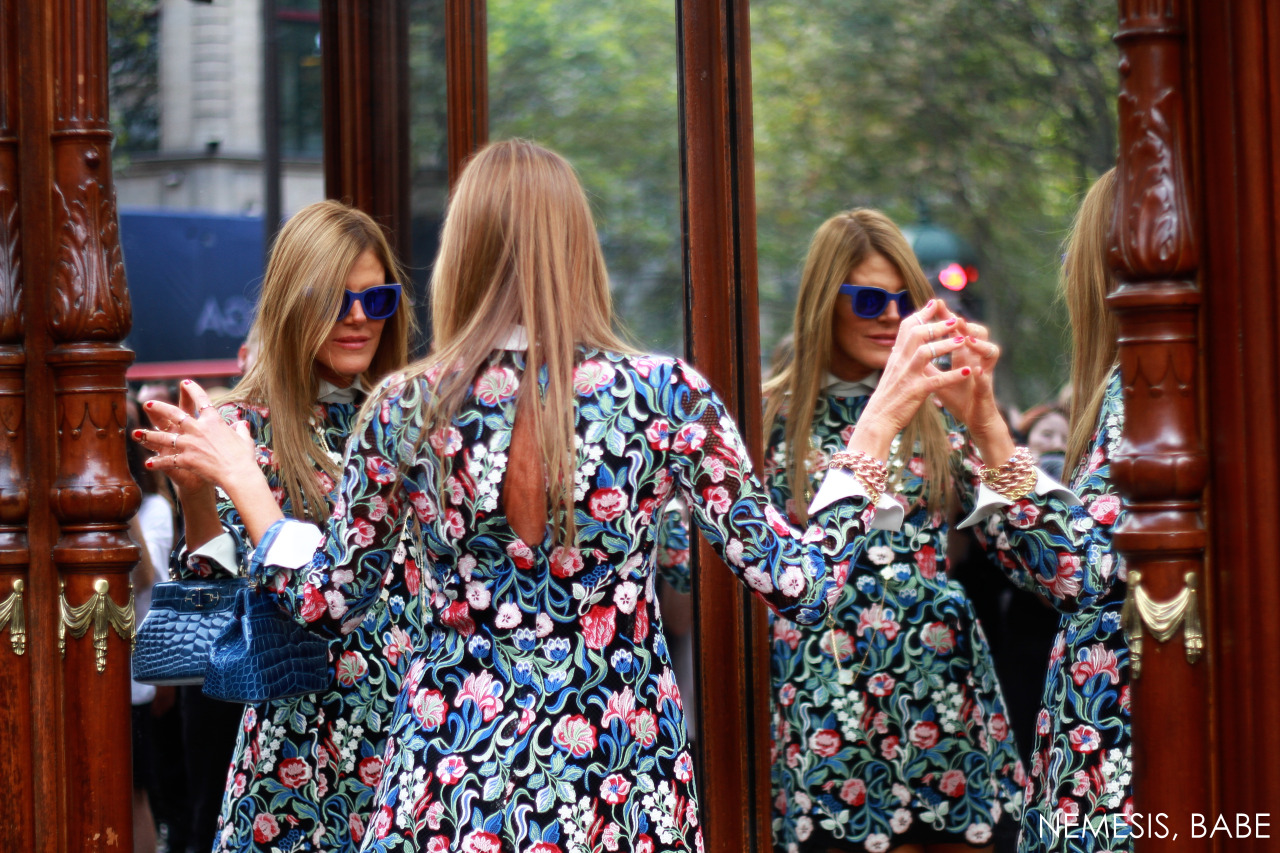
“Blogging had everybody following what walked down the runways and made regular people into style icons…”
When I was 14 years old, my mom gave me the fashion magazine that would spark my interest in the fashion business, have me sitting each season looking at collections on Style.com and ordering multiple fashion magazine subscriptions. My interest in fashion grew into an obsession with fashion and I started feeling like a true fashion insider – like I was special, I knew something special and my friends ended up giving me the title of the geekiest of the group because of my love for fashion. Right about this time, fashion blogging was breaking through and this beginning of the democratization of fashion annoyed me – I thought that fashion should be for the few. For those in the business and for the geeks.
Later on I started my own fashion blog to share my, apparently, uncommon interest – until starting the blog I only ever met one person with the same love of fashion as I – and I needed to talk about my thoughts and ideas about fashion, thereby becoming part of this democratization of the otherwise exclusive fashion club. Blogging had everybody following what walked down the runways and made regular people into style icons and anyone with the right amount of talent, eager or charm could get their foot in the fashion industry without having an education to do it and their followers came along as audience.

So far it’s been quite succesfull for me to join the democratization of the fashion business, since I got what I wanted – a foot in the door. But I started thinking if this democratization might also have been the reason for the decline on fashion. Well, fashion as we’ve known it to be, that is. Because at the same time as fashion has become for everyone, it has become more popular in the sense of more people following what’s happening on the fashion scene and more people taking part in trends and the flow of fashion.
Democratization combined with the rise of social media, bringing the fashion elite and their views from the front row closer to the consumer in seconds, makes it possible for everyone to participate in the exclusive event that is a fashion show and is it even so exclusive then?, while the speed of the need to have the item that walked down the runway, happens as it is still on the model. The speed of fashion has gone to astronomical levels and this has shown to be a formidable business for the fast producing high street brands, who can copy and produce an item within weeks.
 gucci resort ’16 & gucci pre fall ’16 both via style.com, RED METALLIC SKIRT: MANGO, ORANGE METALLIC SKIRT: ASOS, LIGHT GOLD METALLIC SKIRT: H&M, GOLD METALLIC SKIRT: ZARA
gucci resort ’16 & gucci pre fall ’16 both via style.com, RED METALLIC SKIRT: MANGO, ORANGE METALLIC SKIRT: ASOS, LIGHT GOLD METALLIC SKIRT: H&M, GOLD METALLIC SKIRT: ZARA
“Fashion became pop. I can’t make up my mind if that’s a good or a bad thing…”
This instant need for runway ready copies, which comes with the fact that anyone can now participate in fashion events at the same levels as top fashion editors puts a pressure on everyone. A pressure on the fashion house, who just sent the item down the runway to send their collections in stores quicker and competing with the prices of the copying high street brands. A pressure on the high street brands, to follow the trendiest pieces on the runway. A pressure on the editors, bloggers and critics to communicate this trend as quick as possible whilst helping their readers not to break the back trying to follow this trend. And finally a pressure on the fashion interested consumer to take part in a trend, they might not yet have understood.
Raf Simons, previous creative director at Dior, who left the job because of the pressure to work faster has said “Fashion became pop. I can’t make up my mind if that’s a good or a bad thing. The only thing I know is that it used to be elitist. And I don’t know if one should be ashamed or not to admit that maybe it was nicer when it was more elitist, not for everybody. Now high fashion is for everybody.” and in i-D’s New Years article with resolutions for the business from the fashion elite, Philip Lim says “I would like to bring back the mystery of fashion that no longer exists.”.
 Editor-at-large for Vogue Nippon, Anna Dello Russo
Editor-at-large for Vogue Nippon, Anna Dello Russo
At Antidote, you can read about the extinction of the fashion critic, because of the new, direct link between fashion house and consumer through the inclusion of the masses via social media in a previously exclusive business, where you once would only see what the experts chose to curate in the magazines. It makes one think of how long the fashion critic, editor and magazine will still be relevant as the link between the fashion business and the consumer. And if they lose their relevance as communicators, it’s no wonder that many of fashion’s insiders, previously having foothold in their talent and ability to communicate fashion, now blossom as it girls and street style stars. To be honest, don’t we know various editors better for showing off on the street style scene, than for which feature they worked on for which magazine?
I actually don’t think that the fashion business is dying at the hand of democratization, though. Fashion is in the midst of a molt, where we have to accept that elitism will slowly disappear and everyone has to new means. The future of the fashion business is more than ever in the hands of the consumer and now is the time to figure out how to create a new fashion business with that as a starring point, while still holding on to artistic integrity, tradition and quality.
What do you think? Where’s fashion going?

